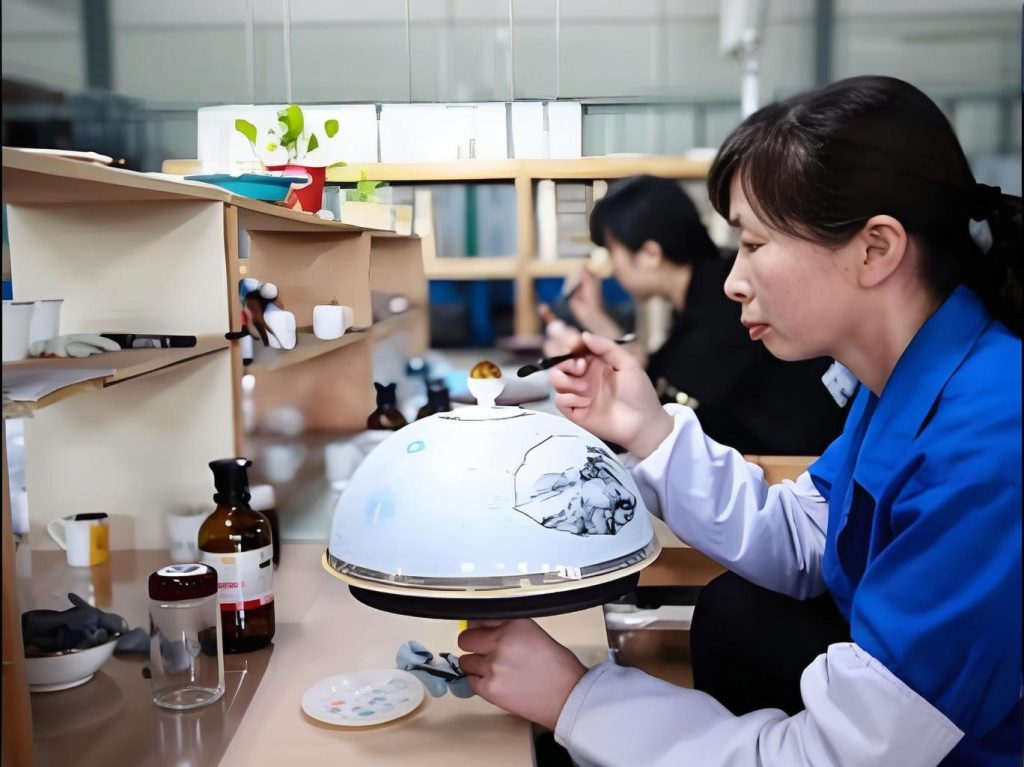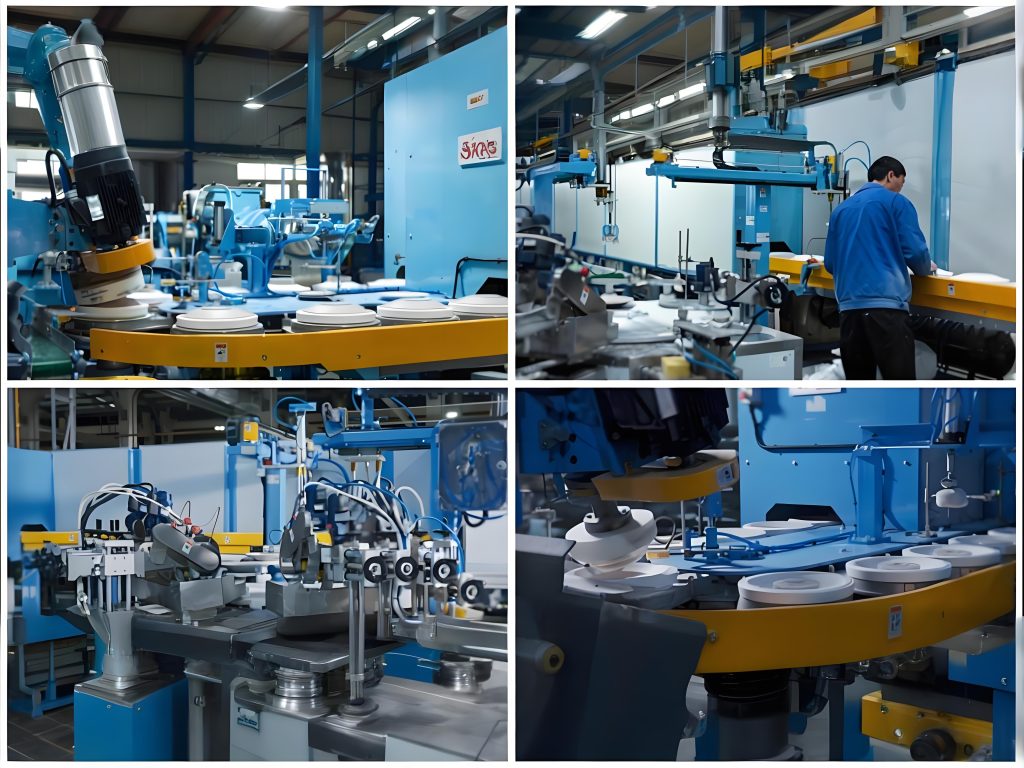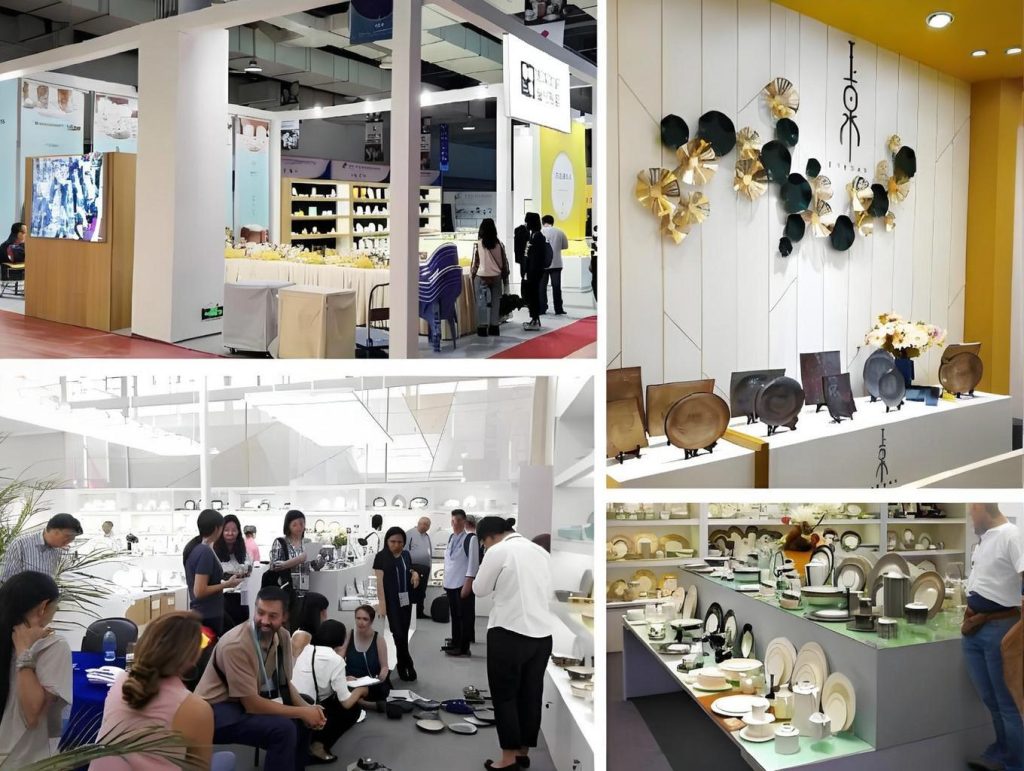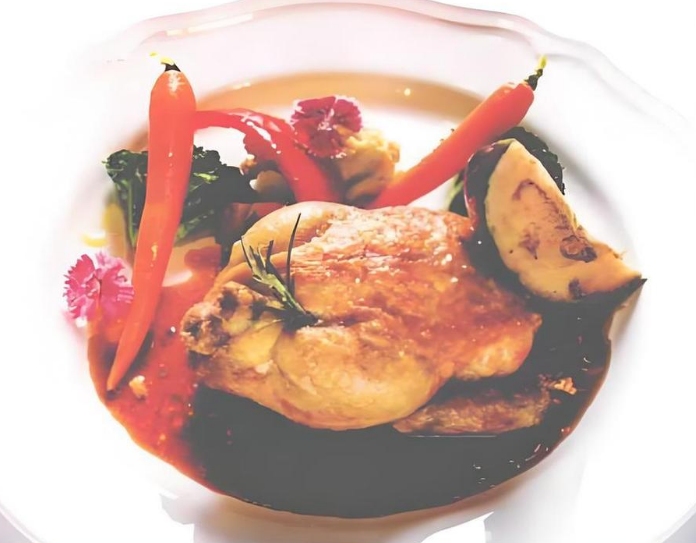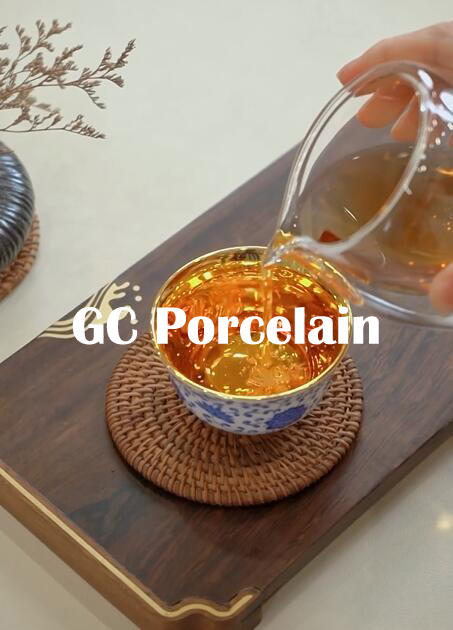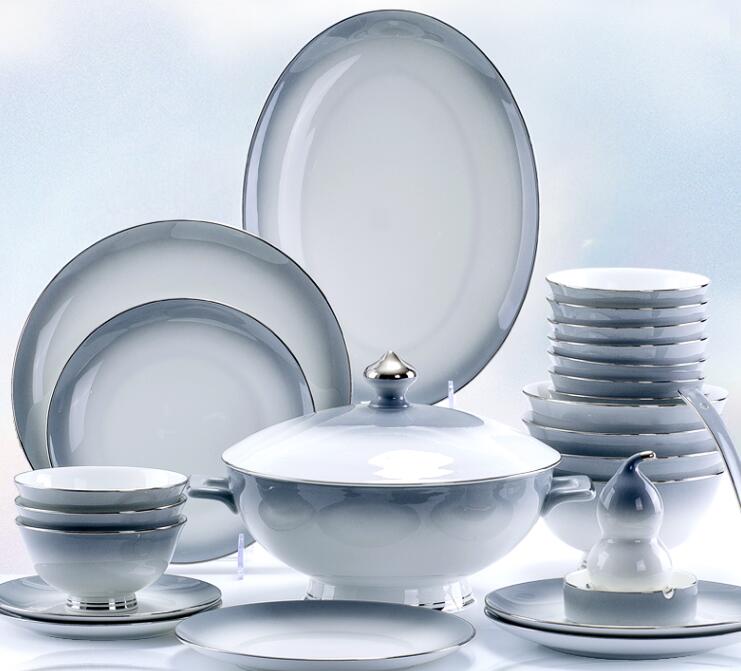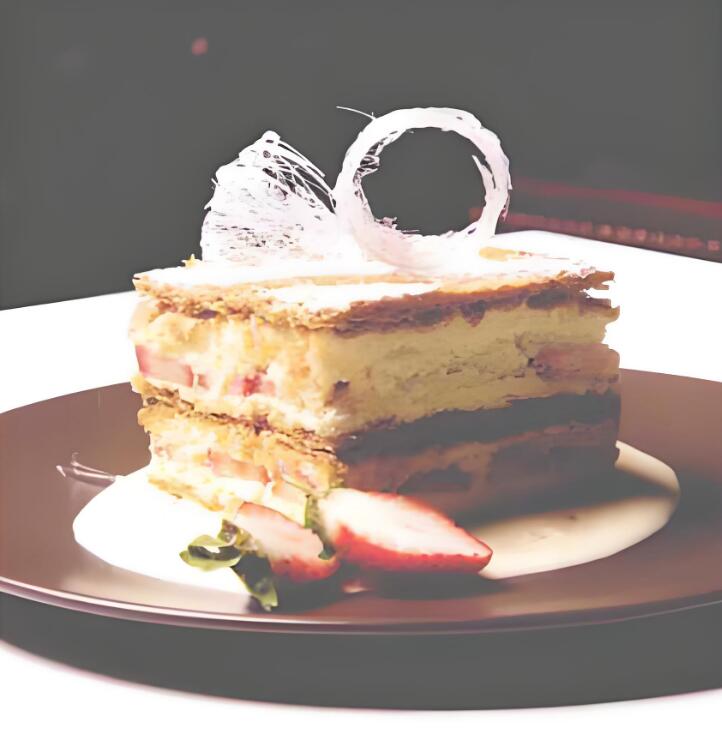Crackle Glaze Dinnerware: Ancient Craft Meets Modern Tables
Last week I visited my friend’s new place. She brought out gray bowls and plates. They had irregular thin lines all over. The surface looked cracked. I asked without thinking, “Did you drop these?” She laughed. “It’s the design. Called crackle glaze. Very trendy now.”
Honestly, I thought they looked defective at first. But those lines were unique. Each one was different. They shimmered subtly in the light. There was something unexpectedly elegant about them. This reminded me of Quora discussions. Why do people chase these “flawed” dishes?
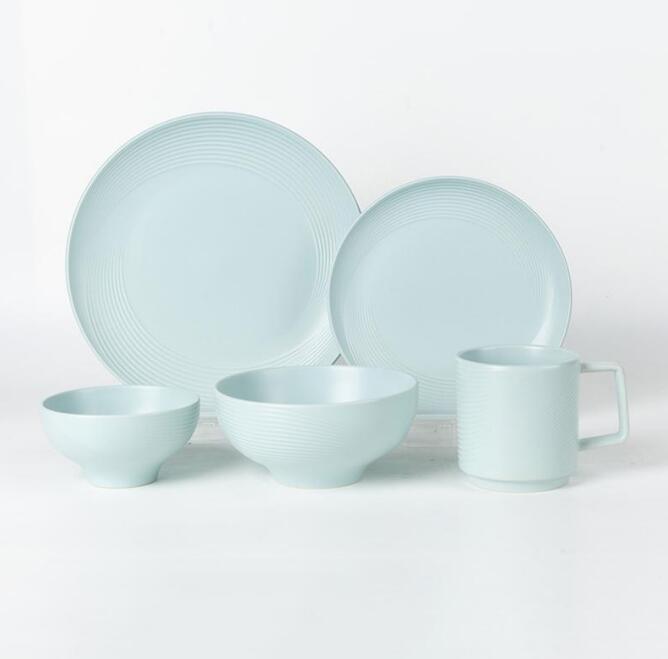
What Exactly Is Crackle Glaze? Real Reddit Reactions
On Reddit’s r/Pottery, crackle glaze dinnerware gets discussed constantly. One thread asks directly: “Crackle glaze plates – are they safe?” The top answer explains clearly:
“Cracks form when glaze cools and contracts. Not a defect. Legit tableware manufacturers fire pieces at high temps. Cracks stay on glaze surface only. Don’t penetrate the ceramic body.”
But concerns exist. “Won’t those lines trap dirt?” That’s valid. A potter responded:
“Clear crackle glaze can absorb tea or coffee stains. Creates a ‘developed patina’ effect over time. Some love it as character. Others see hygiene issues. Depends on perspective.”
True. Like naturally faded jeans. Some people want that worn look. Others can’t stand anything but new.
Quora’s Expert View: Craft Meets Aesthetics
Search Quora for “Why is crackle glaze popular?” Designers and materials experts offer insights. One answer takes a historical angle:
“Crackle glaze dates to China’s Song Dynasty Ge ware. Craftsmen turned ‘flaws’ into features. They controlled glaze formulas and firing temps. This created specific crack patterns.”
Modern crackle glaze dinnerware revives thousand-year-old aesthetics. Just industrial production instead of hand workshops now.
A former European tableware manufacturer employee revealed:
“Two types exist today. Natural unpredictable cracks make each piece unique. Chemical formulas create designed cracks for consistent production. First costs more but feels handmade.”
This explains price ranges. Some crackle glaze costs dozens. Others cost thousands. Technique and control matter hugely.
Real User Experience: Clear Pros and Cons
Reddit’s r/BuyItForLife discusses “worthy dinnerware investments.” Crackle glaze appears often. But opinions split sharply.
Supporters say:
- “Every meal feels like appreciating art.”
- “Cracks look different in various lights. Photographs beautifully.”
- “Creates wabi-sabi vibes on tables. More character than plain white.”
Critics complain:
- “After six months, yellow stains filled white glaze cracks. Can’t handle it.”
- “Dishwashers don’t clean properly. Must hand wash.”
- “My mom asked if I needed new bowls. Couldn’t explain it.”
That last one made me laugh. Older generations really don’t get “paying for cracks.”
Buying Tips: Avoidable Pitfalls
Based on Quora and Reddit discussions, consider these points. Before buying crackle glaze dinnerware:
1. Check manufacturer credentials
Don’t buy cheap unbranded products. Legitimate tableware manufacturers list glaze ingredients. They show food safety certifications like FDA or EU CE. One Quora user emphasized:
“Some cheap crackle glaze items use lead-based glazes. These can leach into food over time.”
Not joking about this.
2. Choose dark or light colors?
Light crackle glaze especially white or beige develops patina easily. Cracks darken over time. If you dislike changes, pick darker colors. Or transparent glaze over colored ceramic works better.
3. Daily use or display?
Honestly, crackle glaze isn’t for heavy use. Not ideal for daily breakfast milk bowls. Better for occasional special meals, afternoon tea, or decoration. A Reddit user put it plainly:
“I use crackle glaze for serving dishes. Not everyday plates. Beautiful but high-maintenance.”
Why Is “Imperfect Aesthetics” Trending?
Let me discuss deeper meaning. A Quora answer about modern design trends included an architect’s insight:
“We live in an overly perfect era. Social media filters. Photoshopped product images. Even restaurant dishes arranged like art. But real life is rough and asymmetric. Crackle glaze popularity reflects craving for authenticity.”
This reminded me of Japanese Kintsugi. Gold powder repairs broken pottery. Cracks become new lifelines. Crackle glaze is similar. Just incorporates “cracks” as design from the start.
Back to my friend’s dinnerware. Her reason for choosing it was simple. “Those cracks remind me life needn’t be perfect. Bowls can have cracks. People can have flaws. All fine.”

Final Thoughts
Crackle glaze dinnerware really splits opinions. Some see taste. Others see waste. But this ancient craft’s modern revival proves something:
Beauty never has just one standard answer.
If you’re considering new dinnerware, try one or two pieces first. Don’t buy whole sets immediately. If it doesn’t work, less painful. After all, what suits you is best.
Remember to choose reliable tableware manufacturers. Safety first. Whether those cracks are art or flaws? You’ll know after using them.
If you have any questions or need to custom dinnerware service, please contact our Email:info@gcporcelain.com for the most thoughtful support!

